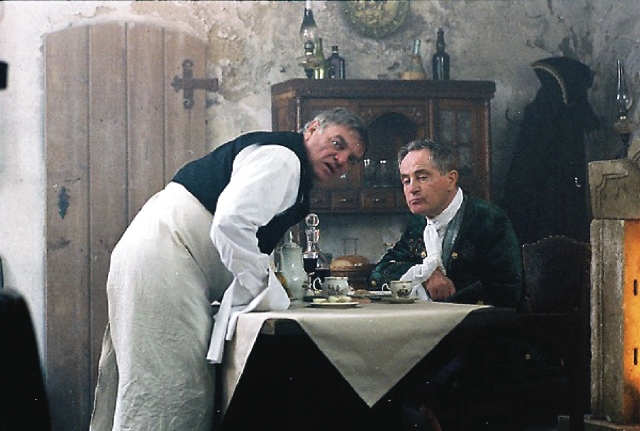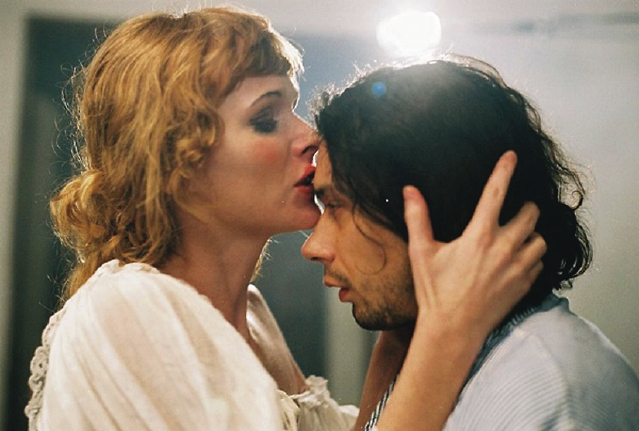Lunacy
Anachronistic Horror Tale Loots The Corpses Of Two Legends


the table over there would like to buy you a side of mashed potatoes.”
Latest Article|September 3, 2020|Free
::Making Grown Men Cry Since 1992


the table over there would like to buy you a side of mashed potatoes.”